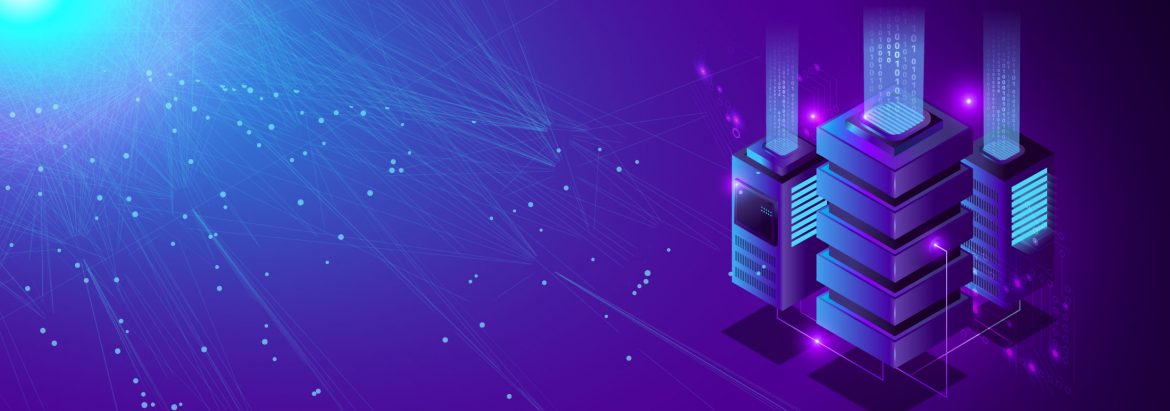
Containers & Kubernetes: Explained


Would you like an automatic computer update in the middle of booking the only available plane ticket? Imagine that in the context of an organization. While updating or maintaining a software system, the whole IT infrastructure should not come to a standstill. Organizations must ensure service availability while updating or maintaining their software systems. For adding a new microservice, organizations cannot shut down the entire IT system as it would affect service reliability. This is where containers and Kubernetes come into action.
Due to the recent COVID pandemic, the demand for virtual desktop infrastructure solutions has increased. While virtual machines are helpful in the current remote working culture, there are issues with deploying multiple applications. If multiple applications are deployed on a VDI desktop virtualization software, changes to shared dependencies can cause system failures. In order to not compromise with their service availability, firms decided to deploy only one application per virtual machine. However, as evident, a firm using multiple applications cannot use too many virtual machines due to cost constraints.
Containers were introduced to solve the problem of conflicting dependencies while deploying applications on virtual machines. Each container has its own storage, processing power, CPU, and file systems. Since a container has its own operating system, it can be easily decoupled from other applications on a virtual machine. You do not have to affect your service availability each time for adding a new application to your VDI desktop virtualization software. It can run anything from a small microservice to a large application.
Kubernetes (K8s) is an open-source platform for managing the deployment of applications in containers. Launched by Google, K8s can help you run applications on virtual machines without affecting the service availability. The process of managing groups of containers is known as orchestration in the IT world. The functionalities of Kubernetes are as follows:
Kubernetes has many positives:
Kubernetes follows the master-slave architecture as it has one master and multiple worker nodes. The master and worker nodes of K8s are explained below:
AIOps (Artificial Intelligence for IT Operations) is known for its application performance monitoring capabilities. However, organizations are using Kubernetes with an AIOps based analytics platform to achieve better results. An AIOps based analytics platform will offer high observability inside containers. IT teams can correlate the data generated by Kubernetes and system alerts to find the root cause of a particular IT incident. Besides managing current issues with the deployment of containers, an AIOps based analytics platform will also help you in identifying future issues.
The global Kubernetes solutions market has grown in recent years. The AIOps global market worth is also growing and will be around USD 20 billion by the end of 2025. Start using Kubernetes and AIOps to boost your service availability!
Please complete the form details and a customer success representative will reach out to you shortly to schedule the demo. Thanks for your interest in ZIF!